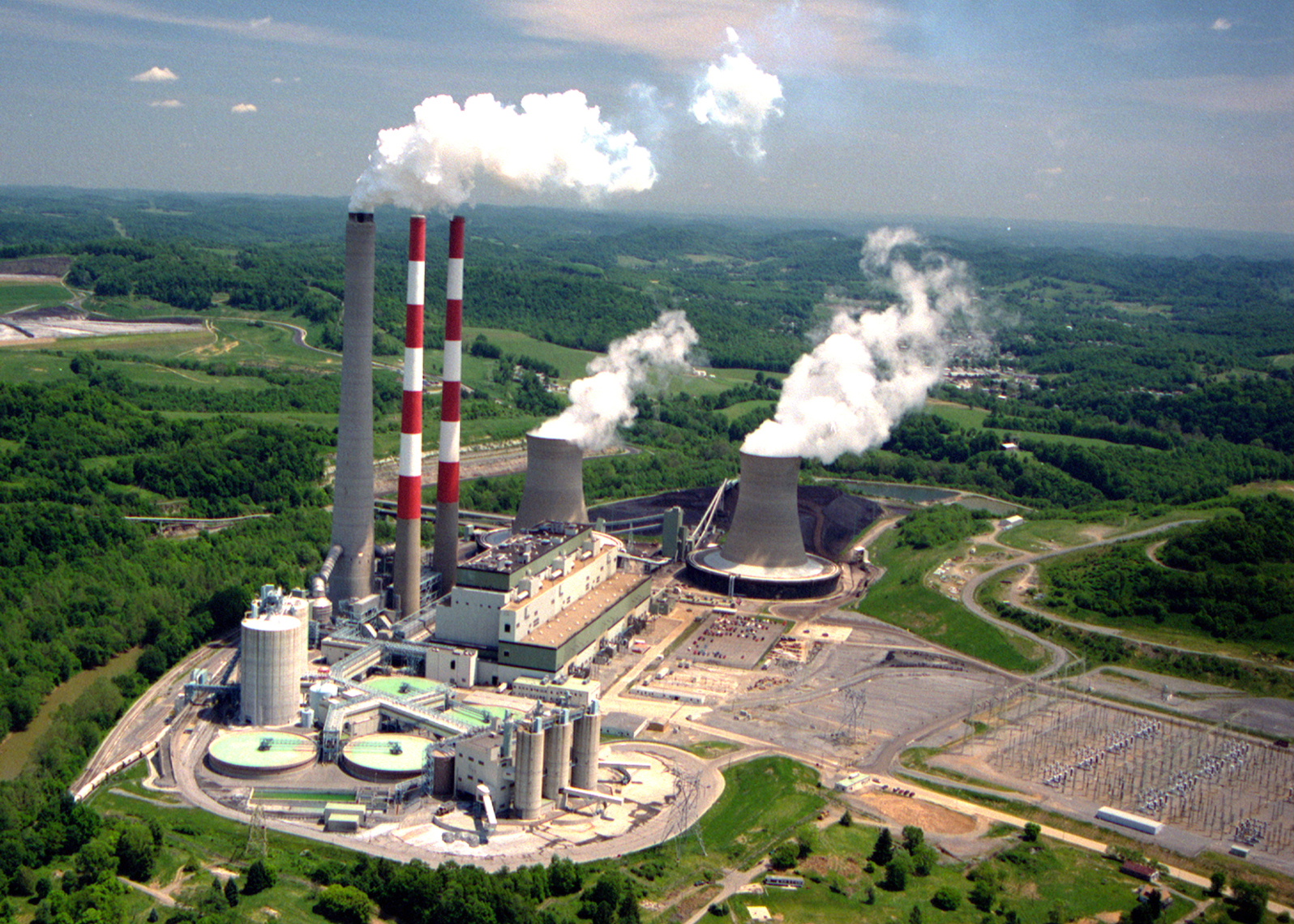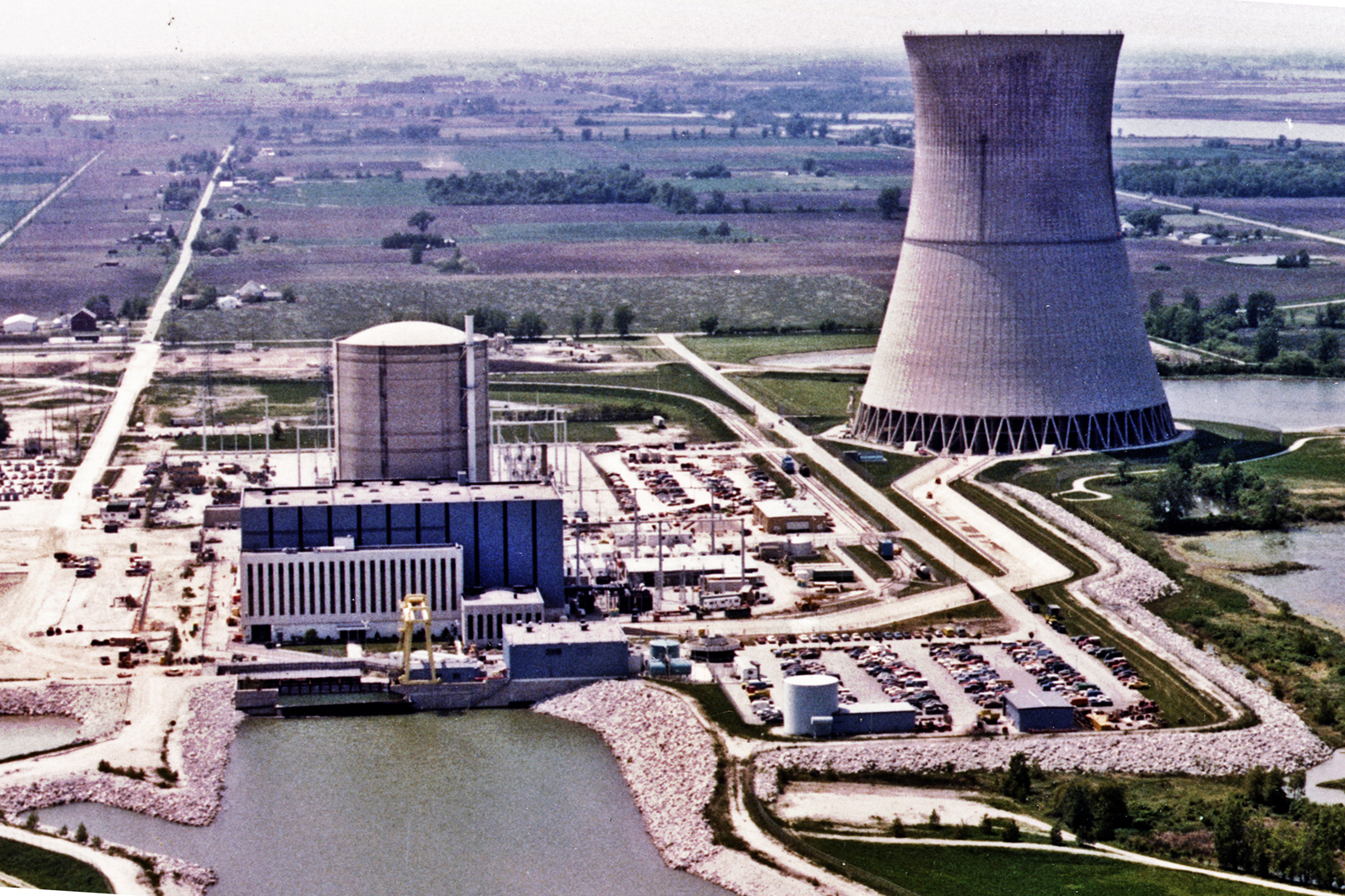
We have been saying for months that the nuclear and coal industries are on the ropes–that’s true and grows more evident daily. But on the ropes doesn’t mean dead, and, as we have been warning for months, large, wealthy industries like these don’t go down easily.
NIRS’ Tim Judson laid out the industry’s plans in his September paper, Killing the Competition, and the industry is following the script he predicted. Now, in the lull between the comment period of the EPA’s Clean Power Plan and its final revision, followed by each state having to develop a State Implementation Plan, the nuclear and fossil fuel industry’s pushback against the clean energy future that threatens to make them extinct is accelerating across the country.
And this is just the beginning.
In Illinois, Kansas, North Carolina, Ohio and elsewhere, the battle lines are forming and nuclear and fossil fuel-dominated utilities are working to end clean energy programs, fight against energy efficiency measures, and stick it to ratepayers every way they can.
Take Kansas. The re-election of far-right governor Sam Brownback and the presence of Wichita-based Koch Industries has emboldened opponents of clean energy, who tried but failed last year to repeal the state’s Renewable Energy Standard. Despite Kansas’ enormous wind power resources–not to mention that wind already has met its RES standard there so repeal would have only a symbolic effect on the standard, but a highly negative effect on additional investment in wind (Kansas remains behind on solar), the dirty energy lobby is planning to again try for repeal. The issue does not break entirely along party lines in Kansas–plenty of Republicans have seen the positive effect investment in wind power has had on the state, but for the dirty utilities and their backers, repeal is a cherished goal–especially as part of a domino effect that could help lead to repeal in other states.
In North Carolina, which has a solar potential nearly as strong as California’s, utility-scale solar power has been growing rapidly, with 700 MW now installed in the state. But growth in the utility-sponsored arena is likely to dwindle in the coming years and the state lags far behind in rooftop solar. There are only 1700 rooftop solar systems in the state, which has a population of 9.85 million. Compare that to Massachusetts, where the climate is much less conducive to solar, but where there are 6,800 rooftop systems in a much smaller population of 6.7 million. That’s nearly six times better than North Carolina’s rate. The reason? Duke Energy and Duke-friendly legislators, which are blocking policies that could encourage rooftop solar. Indeed, the solar potential is so great that two-thirds of the state’s required carbon emission reductions by 2030 under the EPA’s Clean Power Plan could be met with relatively modest changes to state law. But can Duke be beaten?

In Ohio and Pennsylvania, First Energy is taking aim at energy efficiency programs. In fact, it wants demand response programs ended entirely. The utility’s complaint is that energy efficiency programs are so effective that “We feel that it’s going to lead to even more premature closures of power plants,” said Doug Colafella, a spokesman for the firm. Of course, if power plants are not needed, it’s hardly fair to call them “premature closures.” What First Energy really is saying is that it thinks it should have a right to run polluting power plants for as long as it feels like and get as much money out of them as it wants, the public–and the climate and environment–be damned.

But First Energy isn’t the only utility going after energy efficiency. The American Council for an Energy Efficient Economy (ACEEE) warned last week that dirty utilities are increasingly seeking to raise monthly “fixed charges”–or charges utilities impose on ratepayers simply for being hooked up to the grid–because customers are spending less on electricity due to the effectiveness of energy efficiency programs. Raising fixed charges would provide a disincentive for further advances in energy efficiency, which is the cheapest and fastest means of reducing carbon emissions, since, as ACEEE explains, “First, it limits our control as customers over energy costs in our homes and businesses. If a higher portion of your utility bill is fixed, any actions you take to use energy more efficiently will have less impact on your total bill. That makes wasting electricity less expensive.” ACEEE adds, “weakening the incentive to invest in efficiency isn’t just bad news for our individual pocketbooks; it’s also bad for the economy and the environment. Investing in energy efficiency doesn’t just save us money. It creates jobs and lowers pollution.”
Then there’s Illinois, where we have been reporting for months that Exelon wants some $585 million in what it calls “not a bailout” to keep its uneconomic reactors–five of them–open. And the Illinois legislature is likely to take up some of Exelon’s ideas in its next session.
But on Saturday, Chicago’s Crain’s Business, which has been doing the best reporting on Exelon in the country, reported that the PJM grid last week “approved changes to the way electricity generators are compensated for their promise to deliver during peak-demand periods.” These new rules, if approved by the Federal Energy Regulatory Commission (FERC), would themselves force large rate increases on Illinois ratepayers and bring in more than $560 million–or just about all Exelon says it needs. The rules would cover Exelon’s uneconomic Byron and Quad Cities reactors, but not its troubled Clinton reactor, which is outside the PJM grid.
So, if PJM is already acting to “not bail out” Exelon’s reactors almost exactly at the level the utility wants, why should the Illinois legislature also do so? Yet the legislature is expected to at least consider changing the state’s Renewable Energy Standard to a Clean Energy Standard that would include all of the utility’s Illinois reactors. That this would make a mockery of the entire concept–and in one move declare that most of Illinois’ electricity somehow became “clean”–apparently hasn’t flustered Exelon and its backers.
And the Motley Fool at least (though not exactly a reliable source) says Exelon is likely to get its way. Here’s why, according to the Motley Fool:
“Investors should feel highly confident that the Clean Energy Standard will be signed into law in 2015, although it might not be enforced immediately. How can you be so sure? Just remember that Exelon has all the power, both literally and figuratively.
Exelon is the largest taxpayer in every Illinois county where it has a nuclear power plant, contributing over $290 million in state and local taxes that are used to fund schools, community services, and budgets at state agencies. It’s responsible for nearly 28,000 direct and indirect jobs. It injects nearly $9 billion into the state’s economy every year. And its nuclear power plants avoid enough carbon dioxide emissions annually to take the equivalent of 15 million cars off Illinois roads.
In other words, state legislators are highly incentivized to pass the Clean Energy Standard next year and throw Exelon a bone.”
Actually, the Motley Fool, which appears to be quoting from an Exelon-backed website without factchecking in that second paragraph, may be overstating Exelon’s clout. Yes, it’s a powerful company in Illinois. But Exelon has lost before, and it can again.
Meanwhile, the New York Times Sunday published a long, groundbreaking article detailing what it calls “a secretive alliance” between many Republican State Attorneys General and big dirty energy companies to push back against clean energy initiatives, both from the White House and in the states. It’s a must-read in the know-your-enemy department.
And, at Washington’s The Hill newspaper, we learn to absolutely no one’s surprise that the nuclear industry is looking forward to the incoming GOP-led Congress, where nuclear safety issues are likely to take a backseat–at least for the next two years, while efforts to adopt foolish radioactive waste policies are likely to jump up front.
In short, we all have our work cut out for us. Anti-nuclear activists in particular have long been comfortable and expert in addressing issues at the NRC, at the DOE, and in Congress. Venues like FERC, grid operators, and state legislatures have tended to receive less of our attention.
At the state level, numbers are especially important. Utilities like Exelon are indeed much more powerful in individual states than they are in Congress–where they’re just one among many competing interests.
It’s vital that NIRS–and statewide clean energy groups–grow and grow rapidly. To beat Exelon in Illinois for example, we’ll need much bigger numbers than we have now. If you are not yet on NIRS’ e-mail Alert list, please get on it now. We let you know when you can act to make a difference–both at the federal and state levels. If you have friends, relatives, colleagues, anyone in Illinois, encourage them to get on the list too–and that of our allies in Chicago at the Nuclear Energy Information Service. Do it now.
But not just Illinois; everywhere. We encourage you to join our list and, if you’d like to be hooked up with a statewide or local group in your state, just let us know in the comments section of the sign-up form. We’ll get you together with the groups fighting for clean energy where you are.
And for everyone, remember: NIRS will set up an action page to encourage e-mails and phone calls to state legislatures, and alert our own lists, for any clean energy group that requests it.
The time for organizing and mobilizing for these assaults is now–before new state legislative sessions actually begin. If nothing else, talk to your neighbors. Sure, it’s the holiday season, we all have other, more fun things on our minds. But really, it’s worth a small investment in time now for a much bigger–and more fun–payoff later as we fight back against the dirty energy remnants and build the nuclear-free, carbon-free energy system.
Michael Mariotte
December 8, 2014
Permalink: https://www.nirs.org/2014/12/08/the-utility-pushback-accelerates/
Your contributions make publication of GreenWorld possible. If you value GreenWorld, please make a tax-deductible donation here and ensure our continued publication. We gratefully appreciate every donation of any size.
Comments are welcome on all GreenWorld posts! Say your piece above. Start a discussion. Don’t be shy; this blog is for you.
If you’d like to receive GreenWorld via e-mail, send your name and e-mail address to nirs@nirs.org and we’ll send you an invitation. Note that the invitation will come from a GreenWorld@wordpress.com address and not a nirs.org address, so watch for it.
If you like GreenWorld, you can help us reach more people. Just use the icons below to “like” our posts and to share them on the various social networking sites you use. And if you don’t like GreenWorld, please let us know that too. Send an e-mail with your comments/complaints/compliments to nirs@nirs.org. Thank you!
GreenWorld is crossposted on tumblr at https://www.tumblr.com/blog/nirsnet




Very illuminating article.
It seems that America, even some Republicans, have lately discovered that climate change is real.
I note with some concern, that where the words “renewable energy” are usually quoted, as action against climate change, now, more often, I see the words “low carbon”. Is this the new code for including nuclear energy in climate change action projects?
And, if so, are Americans swallowing this myth that the nuclear fuel chain (around their necks) from uranium mining to burying dead reactors and wastes, is “emissions free”?
Yes, your sense is right: “low carbon” is indeed a code word for including nuclear power as a climate change “solution.” Just as “Clean Energy Standard” is meant to include nuclear power in what traditionally have been termed “Renewable Energy Standards” which are state-level programs to encourage the use of genuinely clean energy–renewables. Whether Americans are buying this is a different issue. Certainly some are, some aren’t. It may be more important that legislators, at both the federal and state level, tend to buy that myth more than the American public at large. Of course, they receive campaign contributions and regular briefings from nuclear and utility lobbyists….and, as we tried to point out in the article, clean energy activists have tended to focus their efforts over the years at institutions like NRC and DOE, and have not been as active in assuring regular outreach to legislators–especially legislators at the state level–where utilities typically hold undue power.
If I were a multi billionaire i’d sponsor renewable generation…ie. get solar panels on roofs – great advertising space!
The utilities sense the turnover of Congress to the Repubs. This is why they are all feeling their oats.